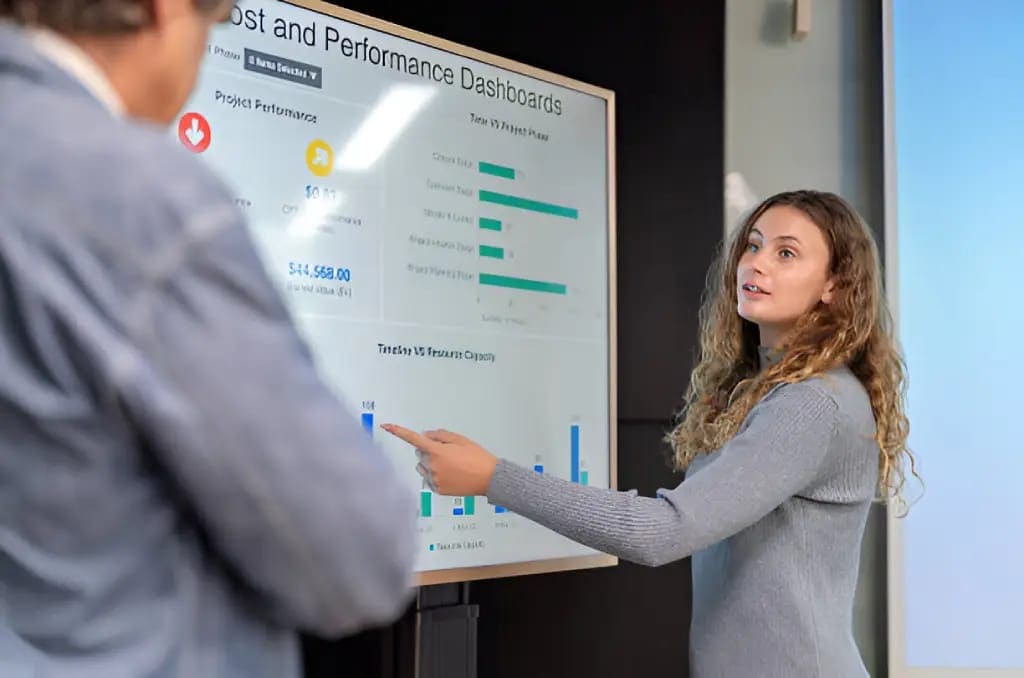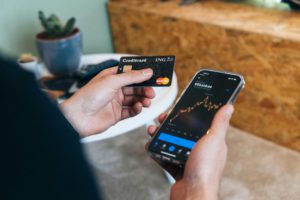Imagine getting $50,000 or more to trade without risking your own savings.
It’s pretty exciting, right? And that’s exactly what funded trading accounts offer to traders in Bangladesh.
But there’s a catch.
One careless mistake, and you can shut down your account forever. Many new traders lose their funded accounts within weeks because they don’t protect the capital properly.
However, you can avoid this trap with a proper guide. Which is what we are providing in this guide.
This guide shows you simple ways to manage risk and keep your funded account running smoothly.
Plus, with options like instant funding for traders, you can start your journey faster than ever before.
Why Following the Rules Keeps Your Account Alive
Every funded trading company has strict rules.
They set limits on how much you can lose each day and in total. Before you place your first trade, read these rules carefully. Most firms say you should only risk 1-2% of your account on each trade.
If you break these limits, they’ll close your account, even if you made money overall.
Stop-Loss Orders Save Your Money Automatically
A stop-loss order automatically closes your trade when the price reaches a certain level.
This tool protects you from huge losses when markets move fast.
Here’s how it works: Let’s say you buy a currency pair at 85 BDT.
You set your stop-loss at 84 BDT. If the price drops to 84, your trade closes automatically. You lose only 1 BDT per unit instead of watching it fall to 80 or lower.
Place your stops at smart spots.
For buy trades, put them just below support levels (price points where assets tend to stop falling). For sell trades, put them just above resistance levels (price points where assets tend to stop rising).
Bangladesh markets can fluctuate rapidly, so adjust your stop-loss distances based on current conditions.
Calculate Your Position Size the Right Way
Position sizing means figuring out how many units to trade.
You can use this formula: Take the dollar amount you’re willing to risk, then divide it by the distance between your entry price and stop-loss.
Here’s an example – You have a $50,000 account and want to risk 1% ($500) on a trade. Your stop-loss is 50 pips (the smallest price movement in forex trading)away from your entry.
Calculate your position size so that if the stop hits, you lose exactly $500—no more.
Win More by Risking Less on Each Trade
Professional traders aim for at least twice the reward compared to their risk.
This means targeting 2:1 or higher reward-to-risk ratios.
Why does this matter? Even if you win only 40% of your trades, you’ll still make money overall.
Before entering any trade, mark your entry point, stop-loss, and profit target. If your potential profit doesn’t reach at least twice your risk, skip the trade.
Spread Your Trades Across Different Markets
Don’t put all your money into one market.
Instead, trade different types of assets. Mix forex pairs like USD/BDT and EUR/USD with commodities like gold or oil.
When one market drops, others might rise. This balance protects your account from wild swings in any single market.
Watch Your Drawdown Like a Hawk
Drawdown measures how much your account drops from its highest point.
Funded companies set maximum drawdown limits. Cross that line, and you’re out.
Check your daily and weekly losses constantly. If you hit your limit, stop trading immediately.
Never try “revenge trading”—chasing your losses with bigger, riskier trades. This almost always makes things worse.
Control Your Emotions to Control Your Trades
Fear, greed, and frustration destroy more accounts than bad strategies.
Build emotional discipline by sticking to your trading plan no matter what.
Remember that losses happen to everyone—they’re part of trading, not personal failures. When you feel stressed or emotional, step away from your screen.
Never Use Too Much Leverage
Leverage lets you control large positions with small amounts of money, but it’s dangerous.
Stick to your pre-calculated position sizes always. Don’t increase your trade size just because you won a few trades.
Winning streaks end, and overleveraging during them causes massive losses.
Keep a Journal to Learn from Every Trade
Write down every trade you make.
Record the date, time, market conditions, your emotions, why you entered, and what happened. Over time, you’ll spot patterns.
Journals also keep you accountable and help you avoid making emotional decisions.
Adjust Your Strategy When Markets Get Wild
Volatility changes constantly.
Use tools like Average True Range (ATR) to measure volatility. During wild market swings, reduce your position sizes and widen your stops.
During calm periods, you can use tighter stops without getting knocked out of good trades.
Managing risk in funded trading accounts comes down to following simple rules consistently.
Use stop-losses on every trade, calculate position sizes carefully, and watch your drawdown limits closely.
Control your emotions, avoid overleveraging, and keep learning from your journal. These aren’t fancy secrets—they’re basic practices that separate successful traders from those who lose their accounts.
Your trading success isn’t about taking big risks; it’s about managing small ones perfectly





Be First to Comment